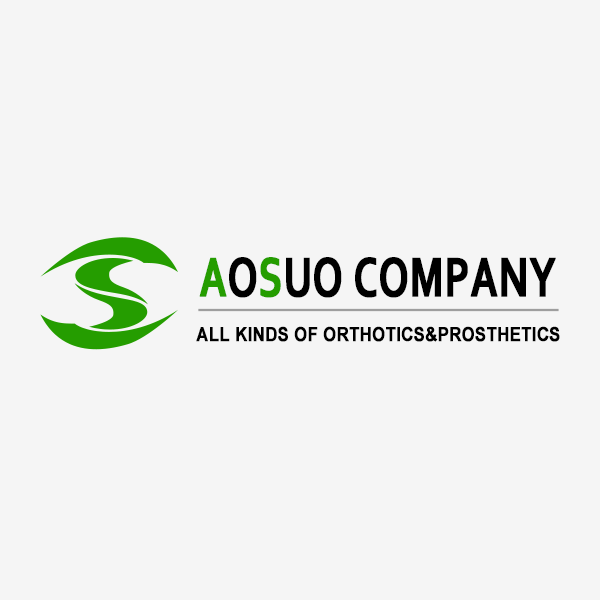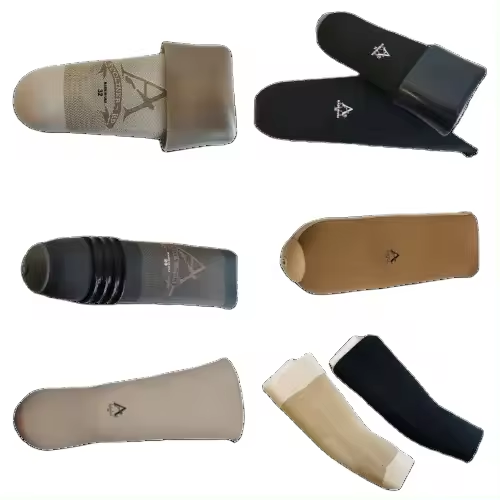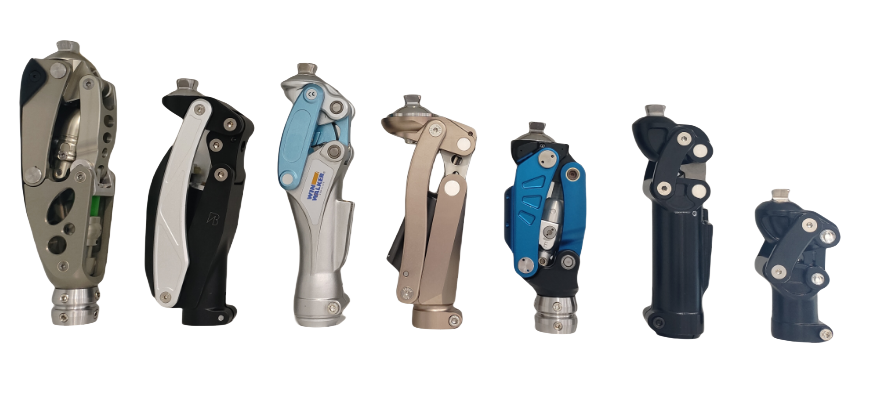Prosthetic Orthopedic Legs: Breaking Barriers and Stereotypes
Release Time:
Nov 25,2023
Discover the groundbreaking advancements and inspiring stories behind prosthetic orthopedic legs. This article explores how these innovative devices are shattering limitations and challenging stereoty
Table of Contents
1. Introduction: The Evolution of Prosthetic Orthopedic Legs
2. Understanding Prosthetic Orthopedic Legs: Components and Functionality
3. Advanced Technologies Revolutionizing Prosthetic Orthopedic Legs
3.1. Bionic Prosthetic Legs: Enhancing Mobility and Natural Movement
3.2. Computer-Aided Design and Manufacturing: Customized Precision
3.3. Robotics in Prosthetics: Achieving Unparalleled Functionality
4. Overcoming Challenges: Personalized Fittings and Rehabilitation
5. Empowering Stories: Individuals Thriving with Prosthetic Orthopedic Legs
6. Addressing Stereotypes: Redefining Disability and Abilities
7. Frequently Asked Questions (FAQs)
7.1. Can prosthetic orthopedic legs restore full mobility?
7.2. Are prosthetic orthopedic legs comfortable to wear?
7.3. How long does it take to adjust to using prosthetic orthopedic legs?
7.4. What are the different types of prosthetic orthopedic legs available?
7.5. Can prosthetic orthopedic legs be used for sports and physical activities?
8. Conclusion: The Future of Prosthetic Orthopedic Legs
---
## 1. Introduction: The Evolution of Prosthetic Orthopedic Legs
Prosthetic orthopedic legs have come a long way since their inception. From simple wooden replacements to sophisticated bionic limbs, advancements in technology and design have revolutionized the field. These life-changing devices not only restore mobility to individuals with limb loss but also challenge societal perceptions and stereotypes surrounding disability.
## 2. Understanding Prosthetic Orthopedic Legs: Components and Functionality
Prosthetic orthopedic legs consist of various components that work together to mimic the natural function of a missing limb. Essential elements include sockets, pylon systems, knee or ankle joints, and foot attachments. Each component plays a crucial role in ensuring stability, flexibility, and comfort for the user.
## 3. Advanced Technologies Revolutionizing Prosthetic Orthopedic Legs
### 3.1. Bionic Prosthetic Legs: Enhancing Mobility and Natural Movement
Bionic prosthetic legs utilize cutting-edge technology to replicate the intricate movements of a biological leg. These high-tech devices incorporate sensors, microprocessors, and advanced hydraulic or pneumatic systems. By analyzing gait patterns and adjusting joint movements in real-time, bionic legs provide users with increased mobility and a more natural walking experience.
### 3.2. Computer-Aided Design and Manufacturing: Customized Precision
Computer-aided design and manufacturing (CAD/CAM) have transformed the prosthetics industry by enabling highly precise and customized fittings. Through 3D scanning and modeling, prosthetists can create sockets tailored to each individual's unique anatomy. This personalized approach enhances comfort, weight distribution, and overall functionality of prosthetic orthopedic legs.
### 3.3. Robotics in Prosthetics: Achieving Unparalleled Functionality
Robotic advancements have opened up new possibilities in prosthetic orthopedic legs. With the integration of robotic components, individuals can regain exceptional control and dexterity. Powered by artificial intelligence and machine learning algorithms, robotic prosthetic legs adapt to the user's movements and provide enhanced functionality for activities such as running, climbing stairs, or even dancing.
## 4. Overcoming Challenges: Personalized Fittings and Rehabilitation
One of the key challenges in prosthetic orthopedic legs is achieving a proper fit and ensuring a seamless integration with the user's body. Prosthetists work closely with individuals to understand their unique needs, preferences, and functional goals. Through comprehensive evaluations and ongoing rehabilitation, patients gradually adapt to their prosthetic legs, building strength, balance, and confidence along the way.
## 5. Empowering Stories: Individuals Thriving with Prosthetic Orthopedic Legs
Prosthetic orthopedic legs have transformed countless lives, empowering individuals to pursue their dreams and overcome physical barriers. Inspiring stories abound, showcasing individuals who have excelled in sports, embarked on adventurous journeys, and achieved remarkable personal and professional milestones. These stories shed light on the resilience and limitless potential of those with prosthetic orthopedic legs.
## 6. Addressing Stereotypes: Redefining Disability and Abilities
Prosthetic orthopedic legs challenge societal stereotypes surrounding disability by emphasizing abilities rather than limitations. By showcasing the diverse talents and accomplishments of individuals with prosthetic legs, we can break down barriers and create a more inclusive society. These devices serve as a symbol of strength, resilience, and the power to defy expectations.
## 7. Frequently Asked Questions (FAQs)
### 7.1. Can prosthetic orthopedic legs restore full mobility?
While prosthetic orthopedic legs provide significant mobility and functionality, it is important to note that individual outcomes may vary. Factors such as the level of amputation, overall health, and rehabilitation efforts influence the extent of mobility restoration.
### 7.2. Are prosthetic orthopedic legs comfortable to wear?
Modern prosthetic orthopedic legs are designed with comfort in mind. Customized fittings, adjustable components, and advanced materials contribute to a more comfortable experience. However, it is essential to work closely with a prosthetist for regular adjustments and modifications to ensure optimal comfort.
### 7.3. How long does it take to adjust to using prosthetic orthopedic legs?
The adjustment period varies for each individual. It can take weeks or even months to adapt to prosthetic orthopedic legs fully. Patience, determination, and regular physical therapy sessions are crucial for successful adaptation.
### 7.4. What are the different types of prosthetic orthopedic legs available?
There are various types of prosthetic orthopedic legs available, ranging from basic to highly advanced options. These include below-knee prostheses, above-knee prostheses, microprocessor-controlled knees, and bionic prosthetic legs.
### 7.5. Can prosthetic orthopedic legs be used for sports and physical activities?
Yes, prosthetic orthopedic legs are designed to enable individuals to participate in a wide range of physical activities and sports. Advanced technology and specialized components allow users to engage in activities such as running, cycling, swimming, and even competitive sports.
## 8. Conclusion: The Future of Prosthetic Orthopedic Legs
Prosthetic orthopedic legs have made remarkable strides in breaking barriers and challenging stereotypes surrounding disability. Through continuous advancements in technology, personalized fittings, and rehabilitation efforts, these devices offer individuals with limb loss the opportunity to lead fulfilling lives. As the field of prosthetics continues to evolve, the future holds even greater promise for enhancing mobility, functionality, and the overall well-being of those using prosthetic orthopedic legs.
Keywords:
You Can Also Learn More About Industry Trends







